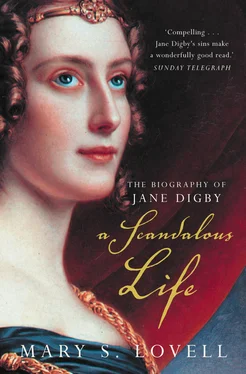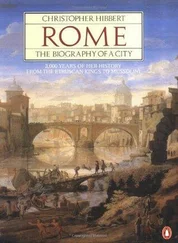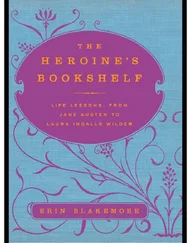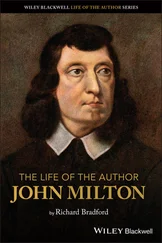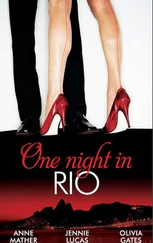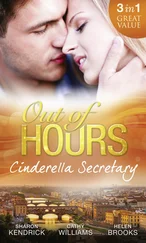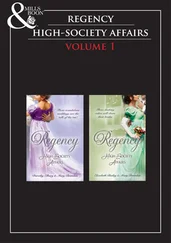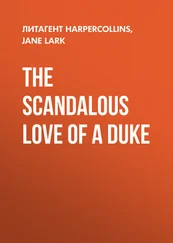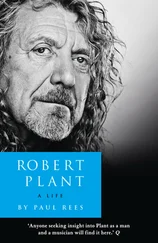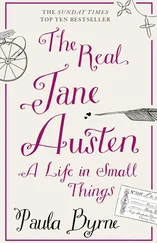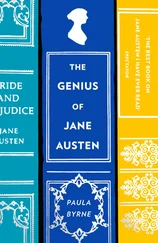O fairest of the many fair
Who ruled, or seemed to rule my heart
The first I have enthroned there
Without a wish my bonds to part.
The thought that I am loved again
And loved by one I can adore,
That I have passed through years of pain
And found the bliss I knew before.
O ’twould have ta’en away my mind
But thy sweet smile a charm has given
And love’s wild ecstasy combined
With deepest gratitude to heaven. 16
His Lordship’s other poems spoke of ‘joy in the present day’ because of her and the bliss of knowing that ‘the next will be yet happier than this … Oh! this is youth and these the dreams of youth … And heaven itself is realised on earth.’ 17
During their whirlwind courtship society found a synonym for Jane’s sobriquet ‘Light of Day. ‘Aurora’ was a name with which Jane could not have found fault in view of the fact that her father had once captained a ship of the same name, and it had a pretty sound. However, it was almost certainly intended to be less flattering to her suitor, Jane being cast in the role of Lord Byron’s sixteen-year-old heroine Aurora Raby, with Lord Ellenborough as the debauched, ageing, eponymous subject of the best-selling Don Juan :
there was indeed a certain fair and fairy one
Of the best class and better than her class,
Aurora Raby, a young star who shone
O’er life, too sweet an image for such glass.
A lovely being, scarcely formed or moulded,
A rose with all its sweetest leaves yet folded. 18
It was not to be supposed because of the speed of the courtship that the marriage could be held with similar haste. During June the engaged couple enjoyed the last days of the season with its military reviews, balloon ascents, race meets and ridottos. As his fiancée Jane could ride publicly in Lord Ellenborough’s glossy phaeton, with his groom in attendance. She must be introduced to her prospective in-laws, Edward’s sister Elizabeth and his brothers, Charles and Henry. There were also the Londonderrys, his former in-laws, a valuable relationship he wished to maintain. When Lady Andover received a letter from Lady Londonderry congratulating her upon Jane’s betrothal and eulogising Lord Ellenborough, 19 it must have been comforting to know that her cherished daughter was to marry such a paragon.
At the end of July, Edward visited Holkham, where he met the Cokes, Digbys, Ansons and Spencer-Stanhopes. 20 It was not his first visit, but Jane must have derived immense pleasure from showing him some of the treasures of the great house, and riding with him in the parkland bordering the beaches. However, Edward and Mr Coke, having once been allies, had now moved apart politically; consequently his future visits to Holkham, and eventually Jane’s own, were few.
Shopping and fittings for the bridal clothes were time-consuming, and Jane must be taken over her future homes – an elegant pillared and porticoed town-house in Connaught Place, whose rear windows today overlook Marble Arch, and Elm Grove, Lord Ellenborough’s country house at Roehampton near Richmond. 21 Yet somehow, during this time, Jane must have been instructed in her duties as chatelaine, for, although she would have had domestic instruction as she grew up, she would have had little reason to put such knowledge to practical use. Her mother wrote a treatise, which subsequently served as a model for other brides-to-be within the Coke family, upon the qualities requisite for ‘members of the household’, including that most valuable servant, the Lady’s maid:
Essentials for a Lady’s maid
She must not have a will of her own in anything , & always be good-humoured and approve of everything her mistress likes. She must not have an appetite … or care when or how she dines, how often disturbed, or even if she has no dinner at all. She had better not drink anything but water.
She must run the instant she is called whatever she is about. Morning, noon and night she must not mind going without sleep if her mistress requires her attendance. She must not require high wages nor expect profit from old clothes but be ready to turn and clean them … for her mistress, and be satisfied with two old gowns for herself. She must be a first-rate vermin catcher.
She must be clean and sweet … let her not venture to make a complaint or difficulty of any kind. If so, she had better go at once. 22
Few of Jane’s papers from this period survive and her journal is not among them. We know, however, that her parents were delighted with the match, and that Steely approved also. But there were some dissensions, notably among Ellenborough’s political opponents. One could not accuse the Duke of Wellington’s chère amie , Harriet Arbuthnot, of political bias, however, when she wrote that ‘Ellenborough having flirted and made himself ridiculous with all the girls in London now marries Miss Digby … she is very fair, very young and very pretty.’ 23 The diarist Thomas Creevey, who was a close friend of Jane’s aunt Lady Anson and knew Ellenborough well, wrote:
Lady Anson goes to town next week to be present at the wedding of her niece, the pretty ‘Aurora; Light of Day’ Miss Digby … who is going to be married to Lord Ellenborough. It was Miss Russell who refused Ld Ellenborough, as many others besides are said to have done. Lady Anson will have it that he was a very good husband to his first wife, but all my impressions are that he is a dammed fellow. 24
Lady Holland wrote to her son that Ellenborough ‘has at last succeeded in getting a young wife, a poor girl who has not seen anything of the world. He could only snap up such a one … she is granddaughter of Mr Coke who has another son !’ 25 Thus she broke the news that Jane’s grandfather had the felicity of a spare for his cherished heir. However, Lady Holland’s views on Lord Ellenborough were politically jaundiced; she disliked him intensely and openly held the opinion that he was impotent. 26
In August, Ellenborough noted in his diary that he had ‘dined with Janet at the Duke’s’. The Duke of Wellington’s London home was Apsley House, near Hyde Park. It was a huge formal dinner with many notables present, all much older than Jane. Ellenborough was clearly pleased at the manner in which Jane conducted herself in such august company. 27
The day designated for the marriage was 15 September 1824, some five months after their meeting in London. The venue was not, as might be supposed, the chapel at Holkham; with a new son only three weeks old, Jane’s step-grandmother could not accommodate a wedding party. Jane was married to Edward at her parents’ London house, as an entry in the register of the Parish of St Marylebone shows:
The Right Honourable Edward Lord Ellenborough, a Widower, and Jane Elizabeth Digby, Spinster, a minor, were married by Special Licence at 78 Harley Street by and with the consent of Henry Digby Esquire, Rear Admiral in His Majesty’s Navy, the natural and lawful father of the said minor, this fifteenth day of September. 28
It was not unusual for a society marriage to be conducted in a private home. Slightly more unusual, perhaps, was that it was performed in a secular venue by a bishop, Edward’s uncle, the Bishop of Bath and Wells. The court pages reveal that the happy couple sped off to Brighton for the honeymoon where, as Jane recalled many years later, a wholly satisfactory wedding night followed. 29
3 Lady Ellenborough 1825–1827
The honeymoon in Brighton lasted a mere three weeks and Lord Ellenborough was back at work in October. During the following period, though busy with affairs of great moment, he still found time to write poetry to his bride. The epithet ‘Juliet’ was only used in the first months of their marriage, probably as an allusion to Jane’s youth. Jane had a pet name for her husband – ‘Oussey’ – but in all surviving correspondence between the two she signed herself ‘Janet’, except in the following exchange:
Читать дальше
